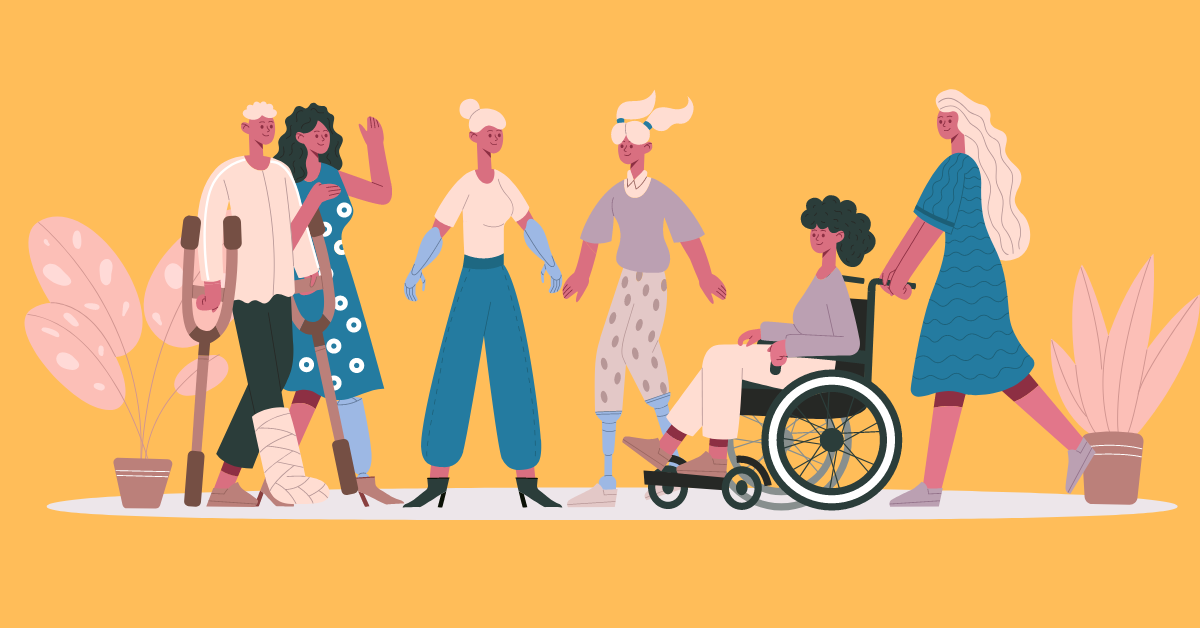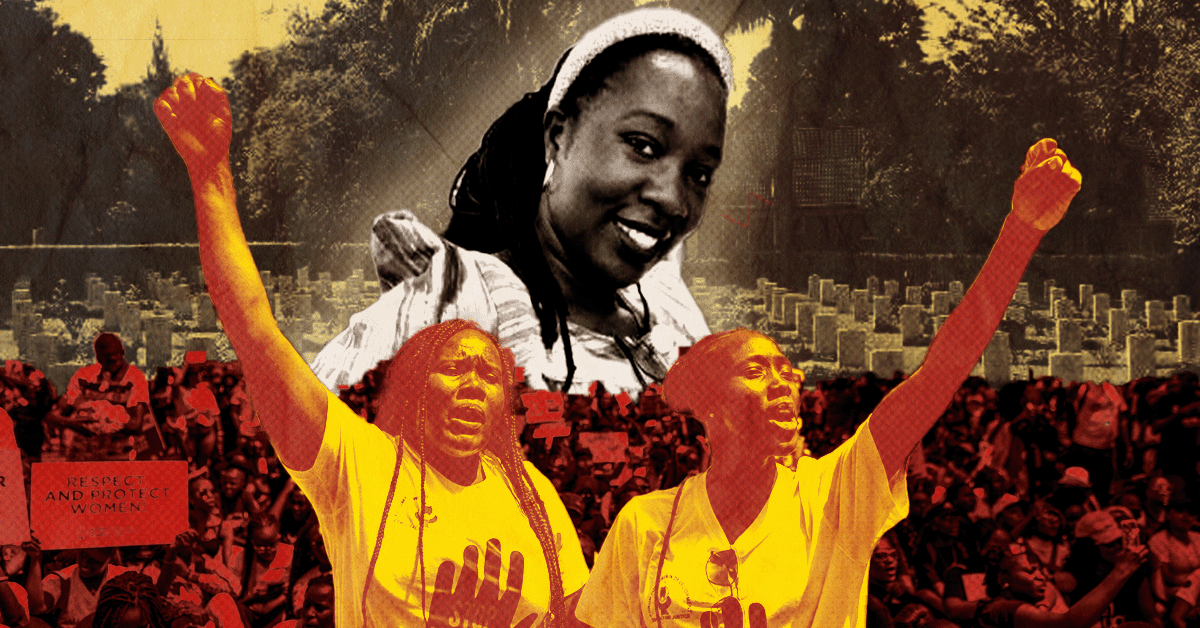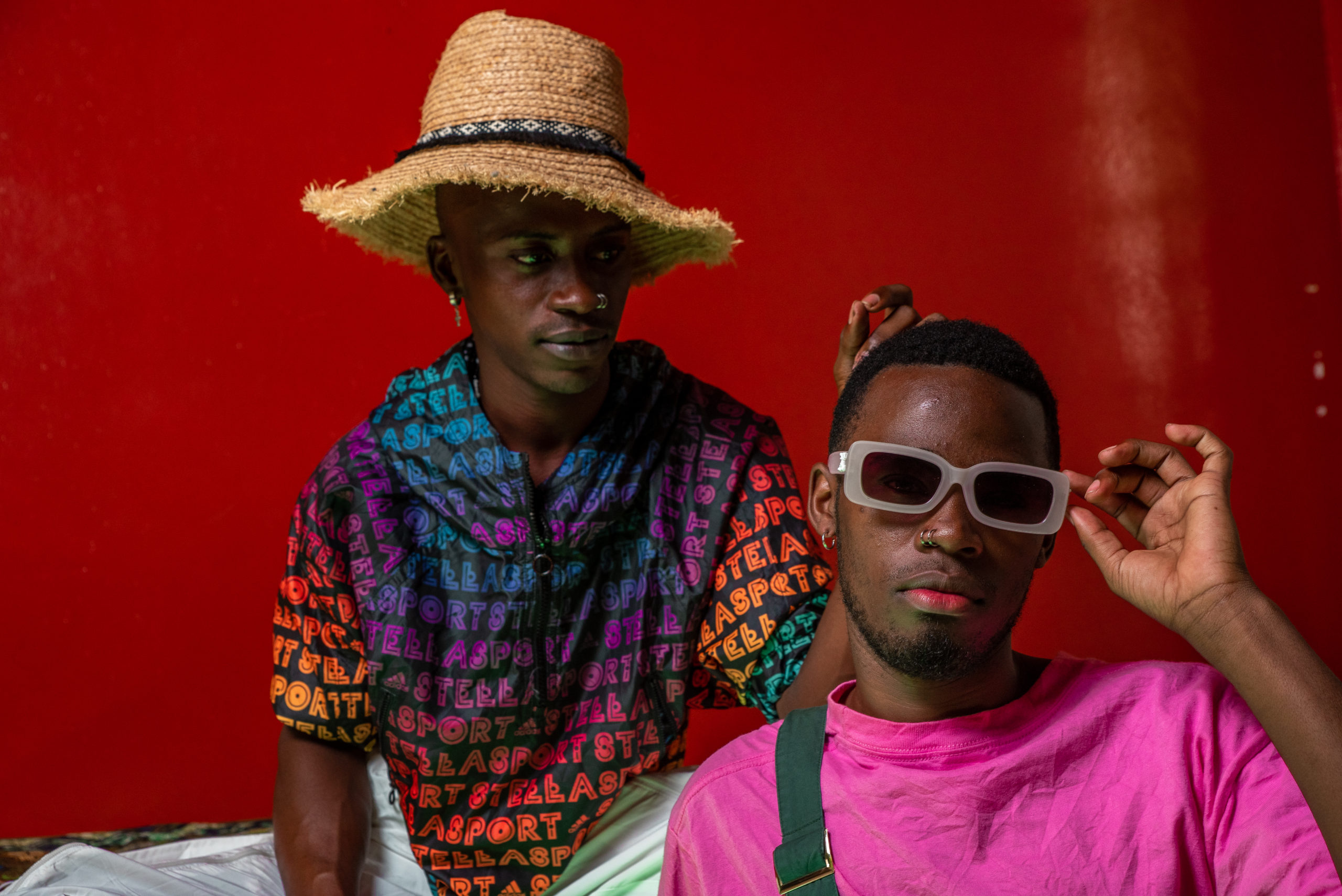The reality of women with disabilities and maternal health care
- The right of disabled mothers to survive childbirth is frequently ignored in discussions about reproductive rights. Myths and stereotypes about disabled women persist within Africa often limiting their access to quality maternal healthcare.

While many countries are debating abortion rights, there is another reproductive right that is being overlooked: the right to survive childbirth. Sadly, the plight and challenges of disabled mothers are often ignored. Four months ago, I lost my friend Diana, a woman with a disability, who died during childbirth. It’s been four months since Diana never got to experience motherhood, a role she had been yearning for since she learned she was expecting. Diana’s life was cut short in her prime for something that could have been prevented and regrettably, she is not the only woman with a disability we have lost. Are women with disabilities getting critical information that helps them with the pregnancy journey?
It’s been nine years since Kenya passed the Free Maternity Service policy that eliminated maternity charges in public health facilities to make maternity services accessible and affordable to reduce maternal and pre-natal deaths among women in the country. In 2017, to achieve Kenya’s Big 4 Agenda on Universal Health Coverage, the policy was revised by the government to the “Linda Mama’’ (protect the mother) programme to expand access to private sectors and expand the benefit package. The government has made efforts toward improving the lives of women over the years.
Maternal Mortality Ratio (MMR) is high in Kenya, with 362 maternal deaths per every 100,000 live births, and a stillbirth rate of 23 deaths per 1000 live births. This was made worse with the emergence of the COVID 19 pandemic in March 2020 in Kenya. These high rates of maternal deaths are attributed to well-known and preventable causes such as women not giving birth under the care of skilled health providers. It’s even worse for women with disabilities who have to experience inaccessibility and disability discrimination in the health sector as reported by the Kenya Network of Women and Girls with Disabilities in their shadow report to the CEDAW Committee in 2017. There is no disaggregated data by type of disability at health facilities to help capture the number of women and girls with disabilities who seek various health services—hence the invisibility of women with disabilities.
Unfortunately, health systems policies and directives in Kenya exclude the realities of women and girls with disabilities. Many health policies provide for the right to health including sexual reproductive health such as the Kenyan Constitution 2010, Health Policy 2014-2030, National Reproductive Health Policy 2007, National Reproductive Health Strategy 2009-2015, and Adolescent Reproductive Health and Development Policy just to mention a few. These policies still fail to practically address the needs and rights of women and girls with disabilities.
As a result, when the implementations of these policies are being carried out, women and girls with disabilities are left out. Women and girls with disabilities continue to suffer stigma and discrimination when they seek reproductive health services. For instance, poor access to basic healthcare amenities such as accessible delivery beds and examination couches for women with physical disabilities remains. Several hospital facilities lack health personnel who understand sign language, which limits expectant women who are deaf. Even the existence of a translator or assistant can compromise confidentiality, furthering stigmatization when the information being shared is sensitive or private.
The lack of quality healthcare services for women and girls with disabilities continues partly due to a lack of information because women with disabilities are often not included in national health campaigns seeking to educate other women on prevention and responses to health concerns. This is even worse for women with visual impairment who are unable to access information in an accessible format such as Braille. Bigotry and stereotypical practices that demean women with disabilities persist such as forced abortion and forced sterilization for fear that disabled women may give birth to disabled children like themselves. Guardians or parents are allowed to decide for a “mentally unstable person”—a term that often includes women with intellectual or psychosocial disabilities—to undergo a forced abortion.
Together we can reduce deaths such as Diana’s among women with disabilities. First, we need disability etiquette and sign language training to be incorporated into the curriculum taught in health institutions for all nurses and doctors. Secondly, the Kenyan government should involve women and girls with disabilities in the pilot project on the Universal Health Care plan. Lastly, women with disabilities should be involved in matters regarding sexual reproductive health rights concerning them because like many women, they look forward to having a child of their own without fighting for their lives. The reproductive rights of disabled women should no longer be ignored.
This article is published as part of the Op-ed Project.
Edited/Reviewed by Cassandra Roxburgh and Uzoma Ihejirika.
Elizabeth Mang'eni is an advocate for women with disabilities and a Public Voices Fellow on Advancing the Rights of Women and Girls. She is the co-founder of the You4She Initiative, founded to promote disability advocacy and menstrual hygiene education among adolescent girls in Kenya. She holds a Master's Degree from the University of Nairobi.






